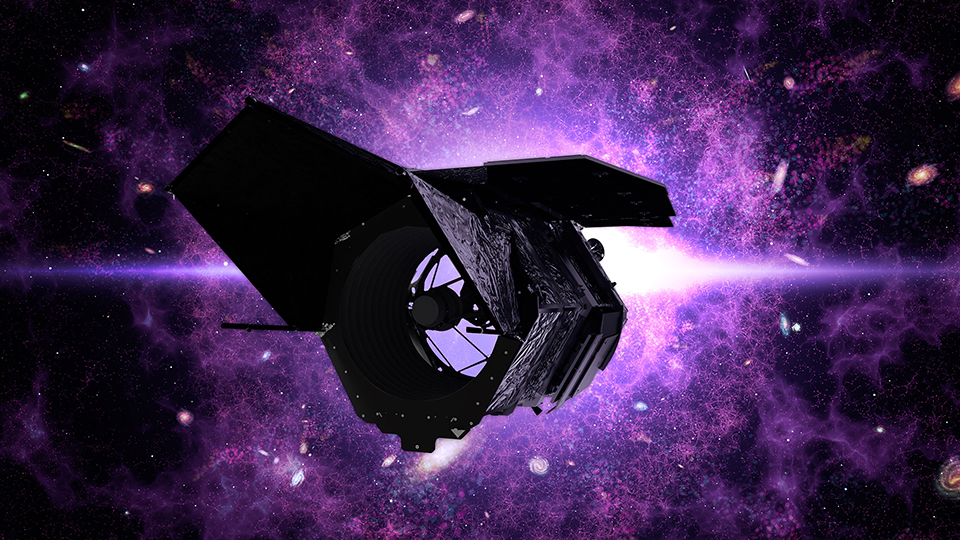Przejdź do trybu offline z Player FM !
Astronomy Highlights: 3D Astronomy, AI in Astrophysics
Manage episode 404805620 series 49299
This is the second episode of a series where we hear about recent research presented at the American Astronomical Society (AAS) January 2024 meeting.

3D Astronomy (starts at 3:08) Dr. Nicole Karnath, Research Scientist, at Space Science Institute, talks about using the Hubble Space Telescope and the airborne SOFIA telescope to explore the wondrous 3D world of protostellar shocks.
AI in Astrophysics (starts at 17:38) Dr. Megan Ansdell, Program Scientist at  NASA Headquarters in the Astrophysics Division and the Planetary Science Division, talks about using artificial intelligence and machine learning in astrophysics research, and how AI/ML can be applied to large datasets, and the example of data that will come from the Nancy Grace Roman Space Telescope.
NASA Headquarters in the Astrophysics Division and the Planetary Science Division, talks about using artificial intelligence and machine learning in astrophysics research, and how AI/ML can be applied to large datasets, and the example of data that will come from the Nancy Grace Roman Space Telescope.
Executive Producer: Joel Parker
Show Producer and Host: Joel Parker
Listen to the show:
669 odcinków
Manage episode 404805620 series 49299
This is the second episode of a series where we hear about recent research presented at the American Astronomical Society (AAS) January 2024 meeting.

3D Astronomy (starts at 3:08) Dr. Nicole Karnath, Research Scientist, at Space Science Institute, talks about using the Hubble Space Telescope and the airborne SOFIA telescope to explore the wondrous 3D world of protostellar shocks.
AI in Astrophysics (starts at 17:38) Dr. Megan Ansdell, Program Scientist at  NASA Headquarters in the Astrophysics Division and the Planetary Science Division, talks about using artificial intelligence and machine learning in astrophysics research, and how AI/ML can be applied to large datasets, and the example of data that will come from the Nancy Grace Roman Space Telescope.
NASA Headquarters in the Astrophysics Division and the Planetary Science Division, talks about using artificial intelligence and machine learning in astrophysics research, and how AI/ML can be applied to large datasets, and the example of data that will come from the Nancy Grace Roman Space Telescope.
Executive Producer: Joel Parker
Show Producer and Host: Joel Parker
Listen to the show:
669 odcinków
Wszystkie odcinki
×Zapraszamy w Player FM
Odtwarzacz FM skanuje sieć w poszukiwaniu wysokiej jakości podcastów, abyś mógł się nią cieszyć już teraz. To najlepsza aplikacja do podcastów, działająca na Androidzie, iPhonie i Internecie. Zarejestruj się, aby zsynchronizować subskrypcje na różnych urządzeniach.




